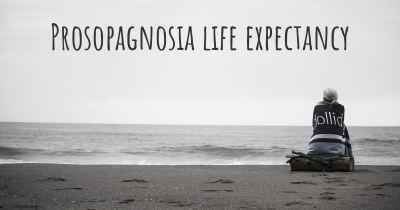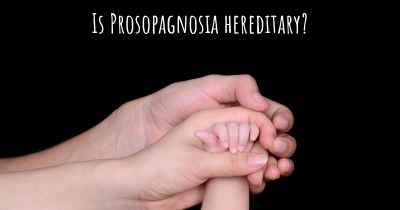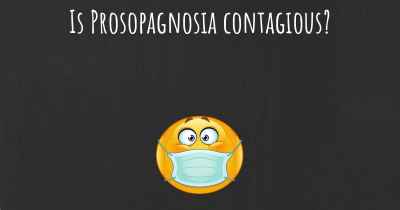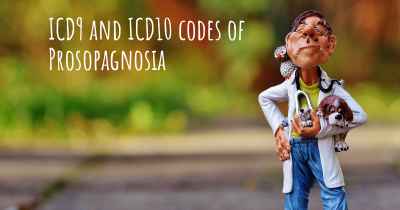Living with Prosopagnosia. How to live with Prosopagnosia?
Can you be happy living with Prosopagnosia? What do you have to do to be happy with Prosopagnosia? Living with Prosopagnosia can be difficult, but you have to fight to try to be happy. Have a look at things that other people have done to be happy with Prosopagnosia
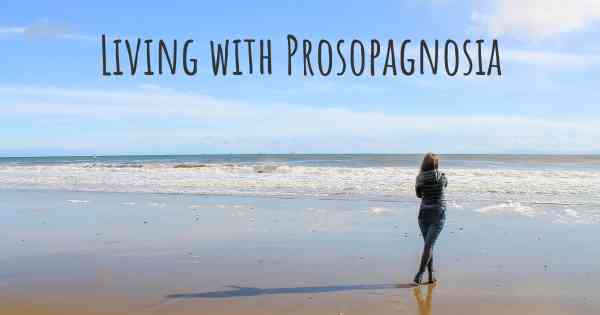
Living with Prosopagnosia
Prosopagnosia, also known as face blindness, is a neurological condition that affects a person's ability to recognize and remember faces. Living with prosopagnosia can be challenging, but there are strategies and techniques that can help individuals navigate their daily lives more effectively.
1. Seek Diagnosis and Support
If you suspect you have prosopagnosia, it is important to seek a formal diagnosis from a medical professional. Understanding your condition can provide validation and help you connect with support networks, such as prosopagnosia support groups or online communities.
2. Inform Your Loved Ones
Let your family, friends, and colleagues know about your prosopagnosia. Explain the challenges you face in recognizing faces and ask for their understanding and support. Educating those around you can foster empathy and make social interactions less stressful.
3. Focus on Non-Facial Cues
When interacting with others, pay attention to non-facial cues such as hairstyles, body language, voice, or distinctive clothing. These cues can help you recognize people and differentiate them from one another.
4. Establish Routines
Creating routines and consistent habits can be helpful in managing prosopagnosia. For example, always sitting in the same spot during meetings or using name tags at social events can provide visual cues that aid in recognition.
5. Utilize Technology
Take advantage of technology to assist with face recognition. Smartphone apps or computer programs that allow you to tag and label faces can be valuable tools in remembering and identifying people.
6. Verbalize and Ask for Help
If you are unsure about someone's identity, don't hesitate to politely ask for their name or remind them where you met. It is better to be open about your condition and seek clarification rather than guessing and potentially causing confusion or embarrassment.
7. Develop Strategies for Social Situations
In social gatherings, try to arrive early to familiarize yourself with people's appearances before the crowd grows. Additionally, engage in conversations that provide context, allowing you to gather information about the person you are speaking with.
8. Practice Facial Recognition Techniques
Engage in exercises that focus on facial recognition, such as studying facial features or practicing with photographs. While prosopagnosia cannot be cured, these exercises may help improve your ability to differentiate faces.
9. Be Patient and Kind to Yourself
Living with prosopagnosia can be frustrating at times, but it is important to be patient and kind to yourself. Remember that your condition does not define your worth, and with time and practice, you can learn to navigate the challenges it presents.
Living with prosopagnosia requires understanding, support, and the implementation of various strategies to manage daily life effectively. By seeking diagnosis, educating others, utilizing technology, and developing coping mechanisms, individuals with prosopagnosia can lead fulfilling lives while navigating the complexities of face recognition.
